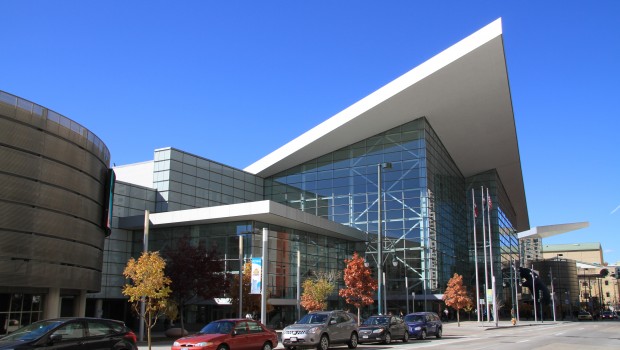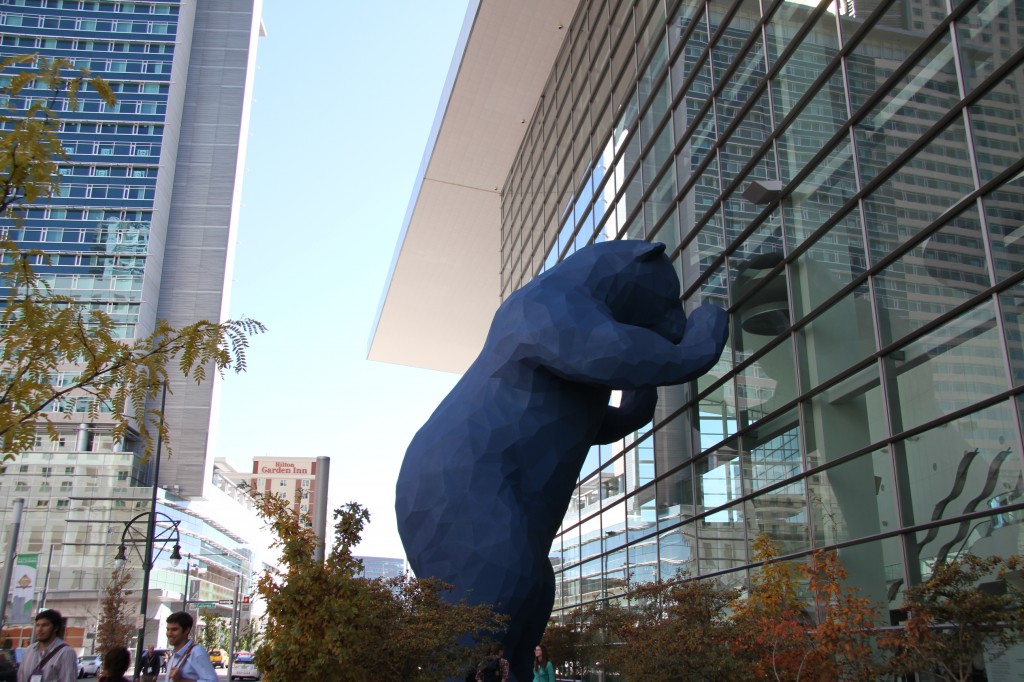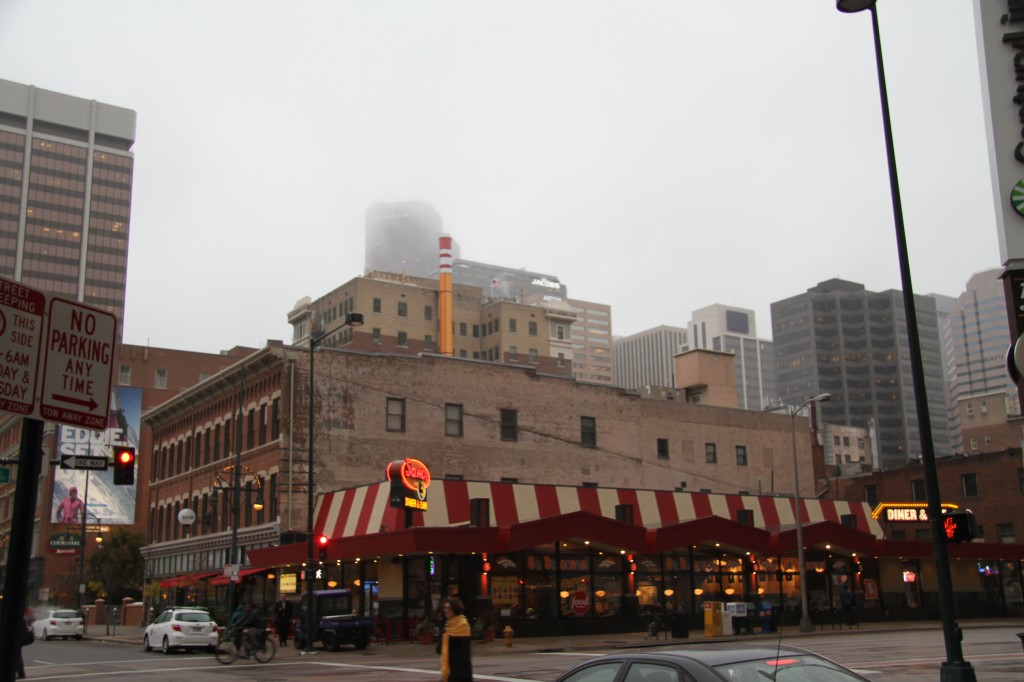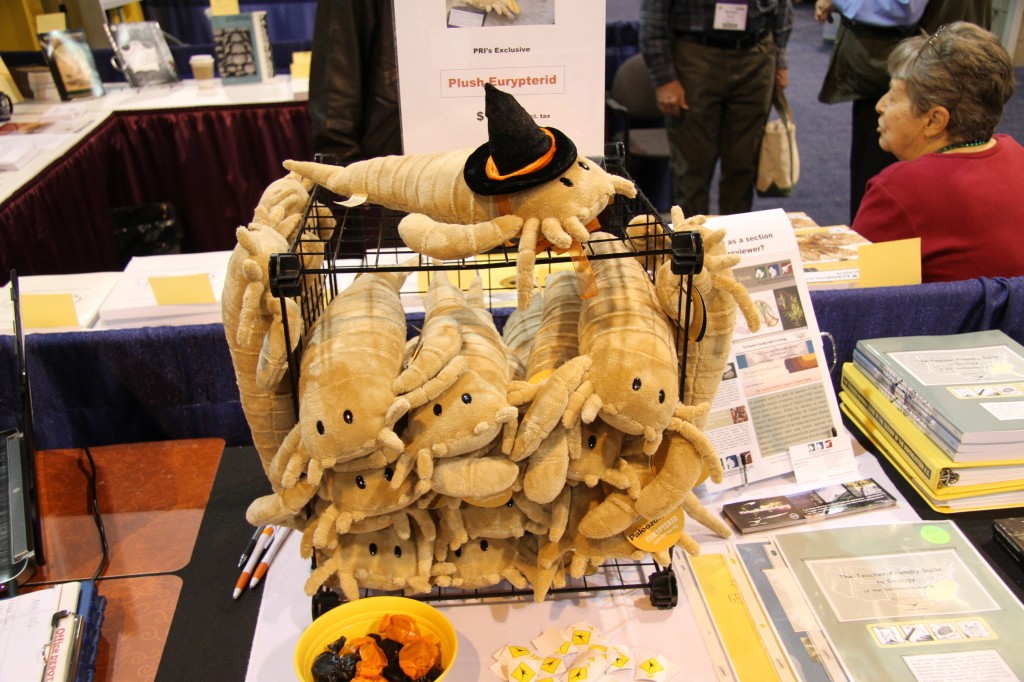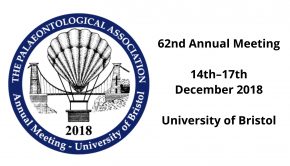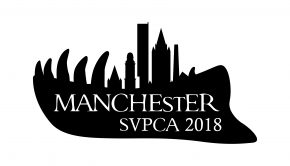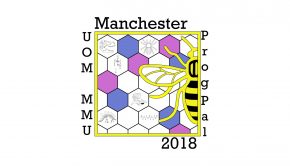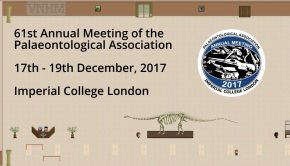The Geological Society of America Annual Meeting
Welcome to our coverage of the Geological Society of America’s Annual Meeting and Exposition, 27-30 October 2013. This year sees the GSA celebrate its 125th anniversary, having formed in 1888. It’s a massive event with thousands of attendees. There are literally hundreds of talks to hear and posters to see, so we’re hoping to bring just a sample of it to you.
Each day we’ll be posting interviews and pictures from the conference, giving you a flavour of what it’s like to attend. This web page will be updated every evening, so please keep checking to get all the latest multimedia.
Day one
Podcast: Download (Duration: 29:33 — 23.7MB)
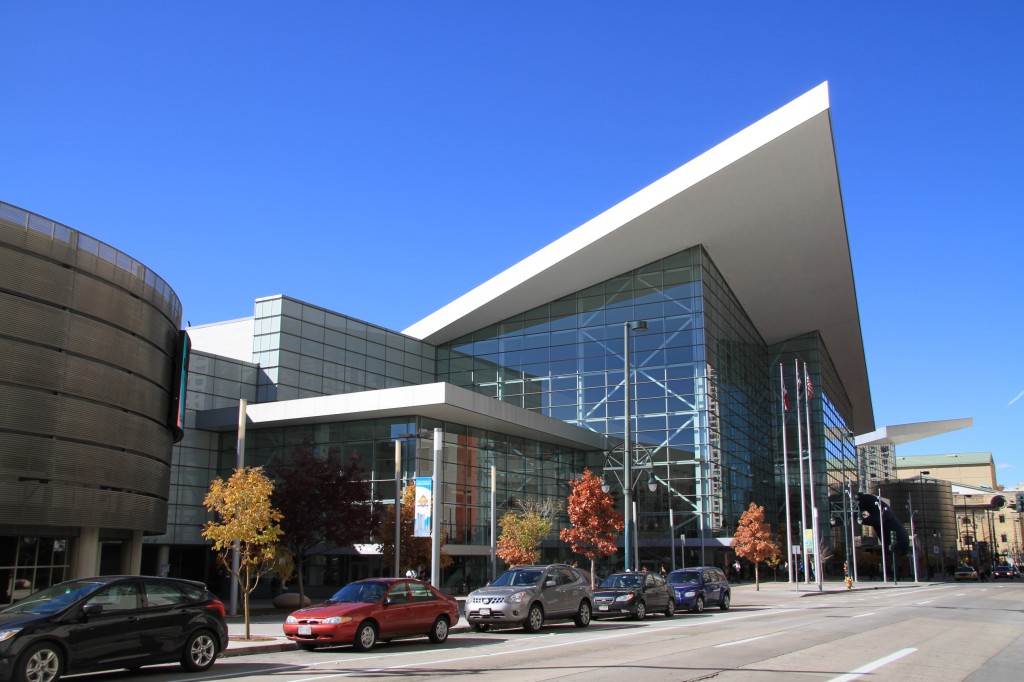
This year GSA is being held in the Colorado Convention Centre (CCC) in downtown Denver. It is a very, very, big buiding.
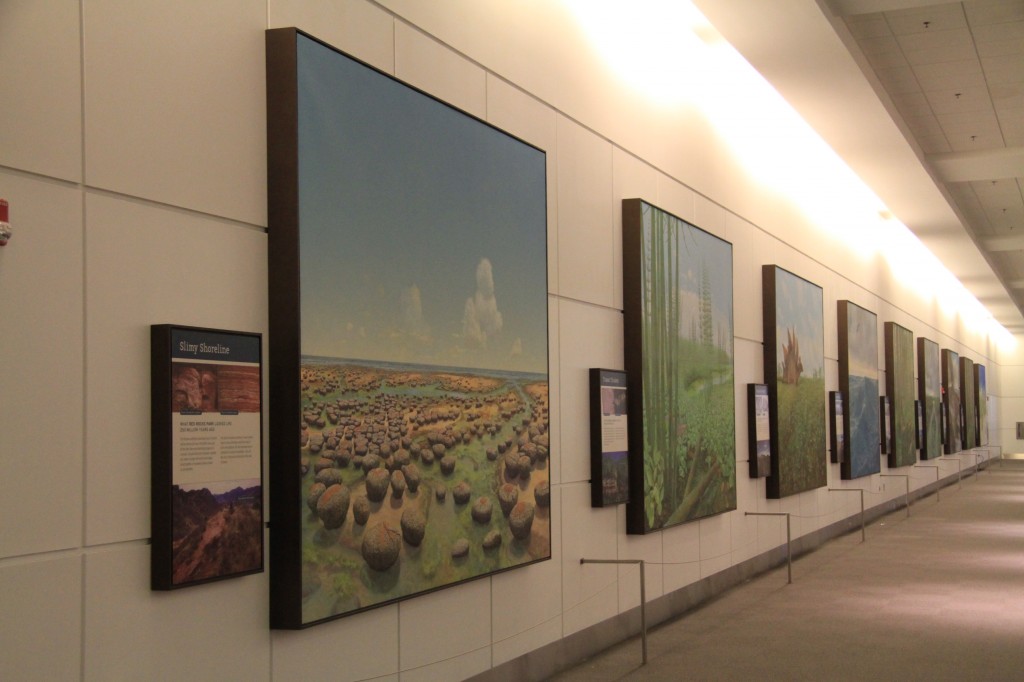
Inside, there are lots of displays including this series of paintings depicting Colorado throughout geological history. It seems little expense has been spared on the amount of polish put on this event.
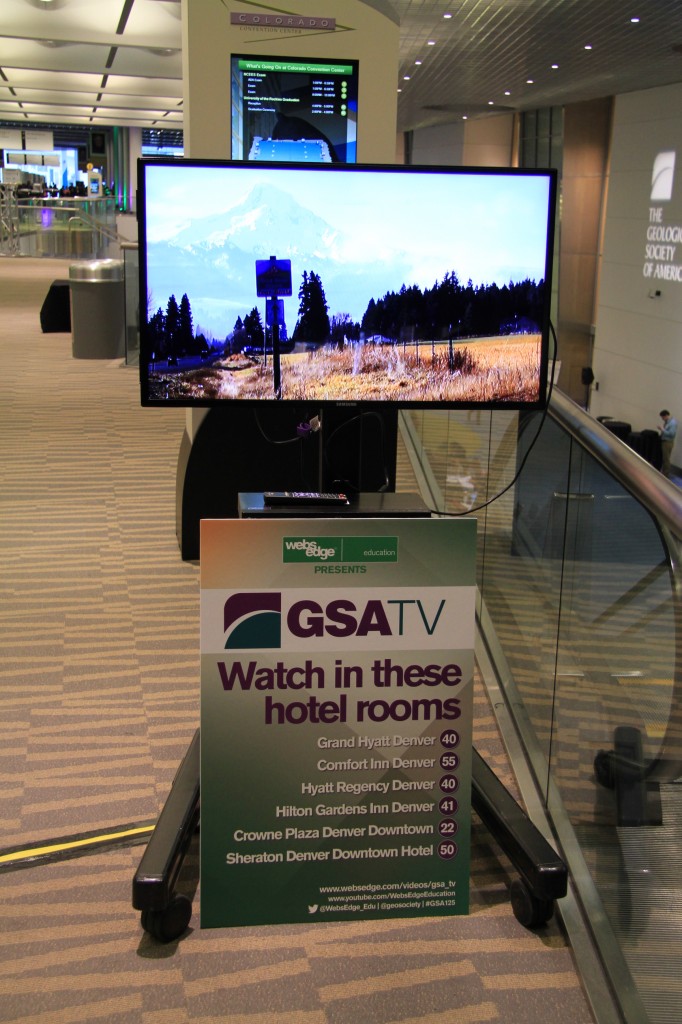
They have even produced GSATV: a high-quality* show being broadcast throughout the CCC and even on the TV in our hotel rooms!
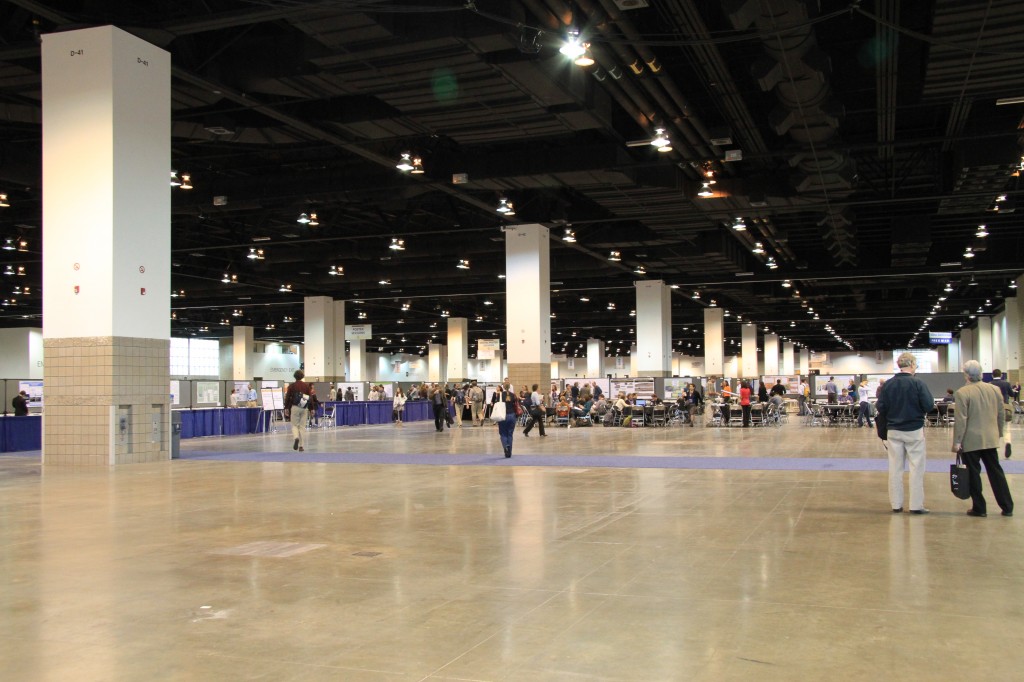
The poster sessions and exposition are held in the upper floor, which is a massive space, probably the size of a few football (soccer) pitches.
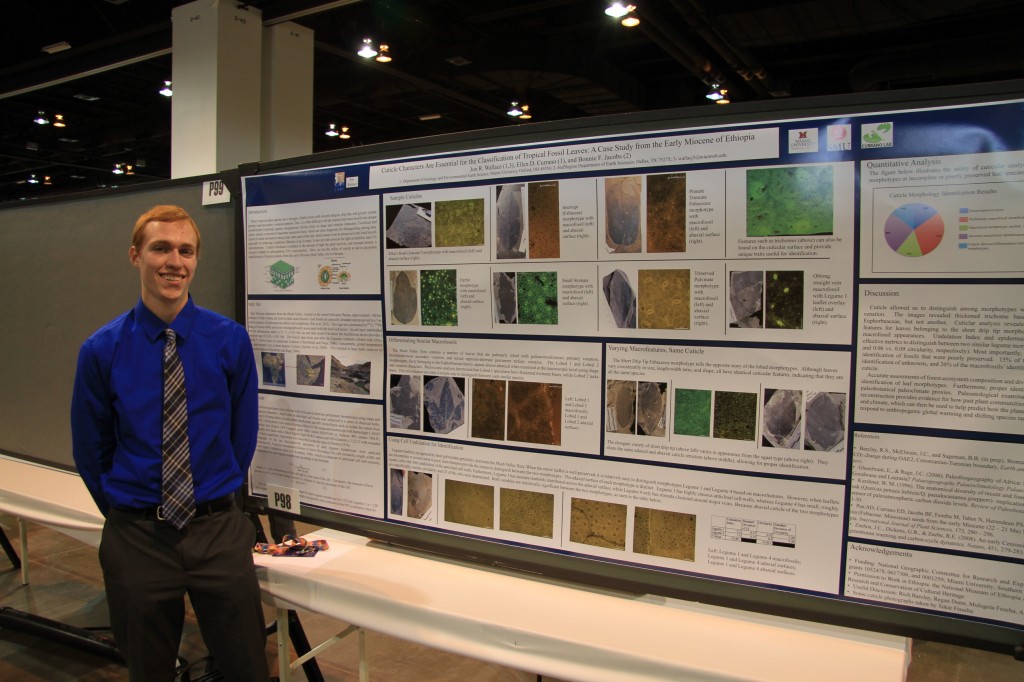
Jon Wallace who spoke to us about his poster ‘Cuticle characters are essential for the classification of tropical fossil leaves: A case study from the early Miocene of Ethiopia.
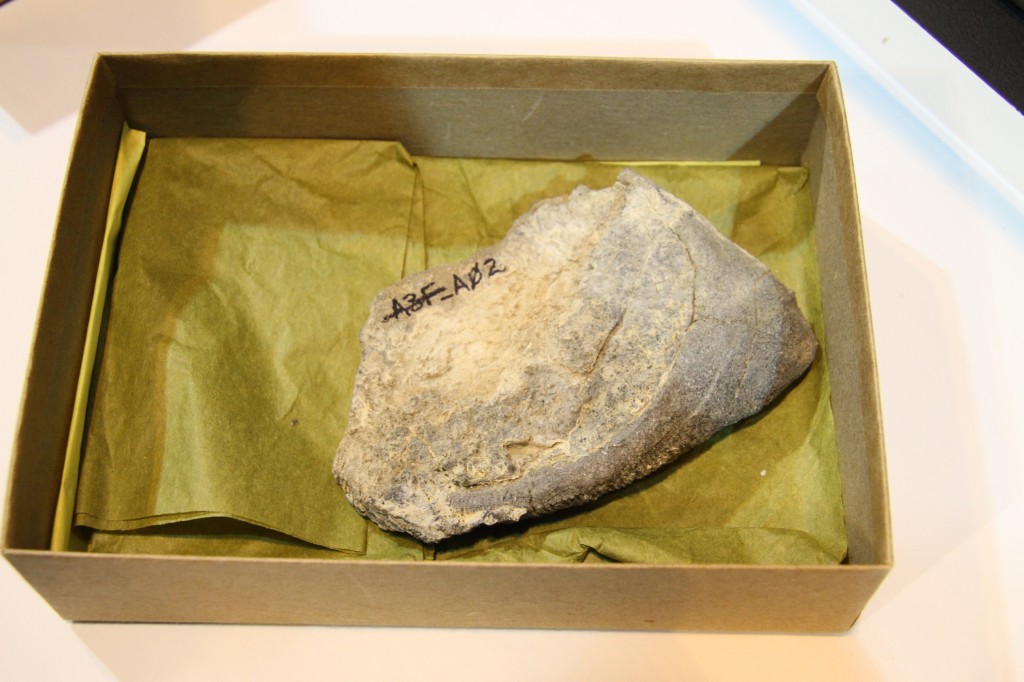
Is it a plectrum? Is it a shoe? Is it an ancient oil lamp? Apparently it’s a Receptaculitidid, which may be related to corals.
*not as high-quality as palaeocast.
Day two
Brittle stars can be surprisingly motile and so injuries occur to limbs more often than would be expected. Fortunately they can regenerate their lost appendages using minerals obtained directly from sea water. Brittle stars have a long history stretching back almost 500 million years, during which time the chemistry of the ocean has fluctuated many times and to varying degrees. Selina Cole (Ohio State University), David Wright (Ohio State University) and Jeffrey Thompson (University of Southern California) are attempting to recreate past seawater conditions to understand how it effects the regeneration of lost limbs in brittle stars.
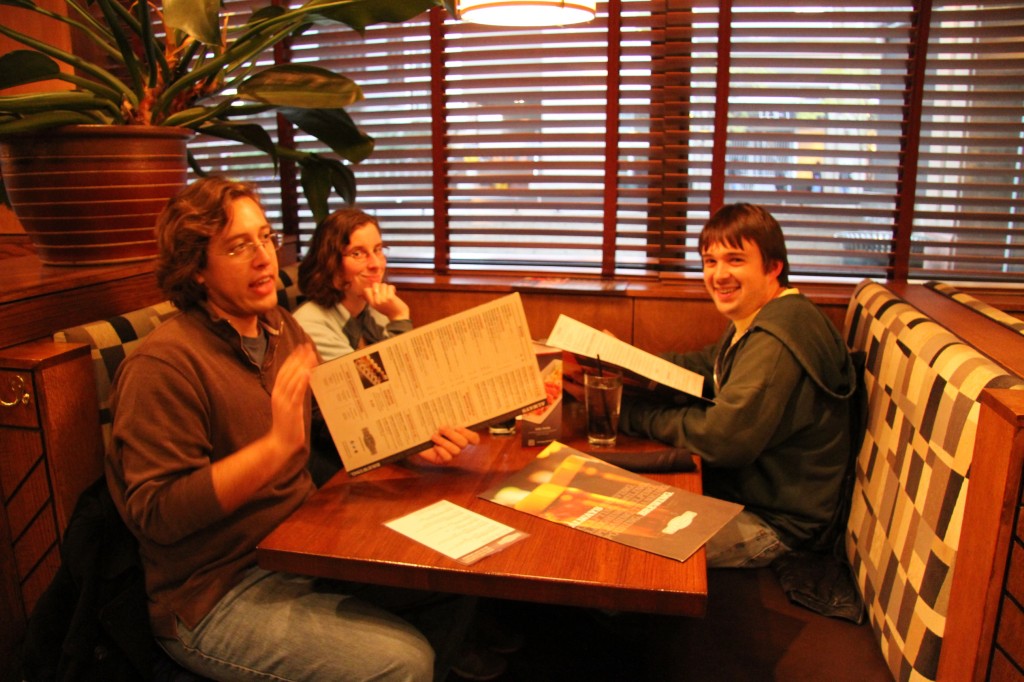
In the evening I joined up with the Palaeo After Dark team, another high-quality* palaeontological podcast definitely worth checking out if you enjoy high-level scientific discussions with a bit of silliness added in.
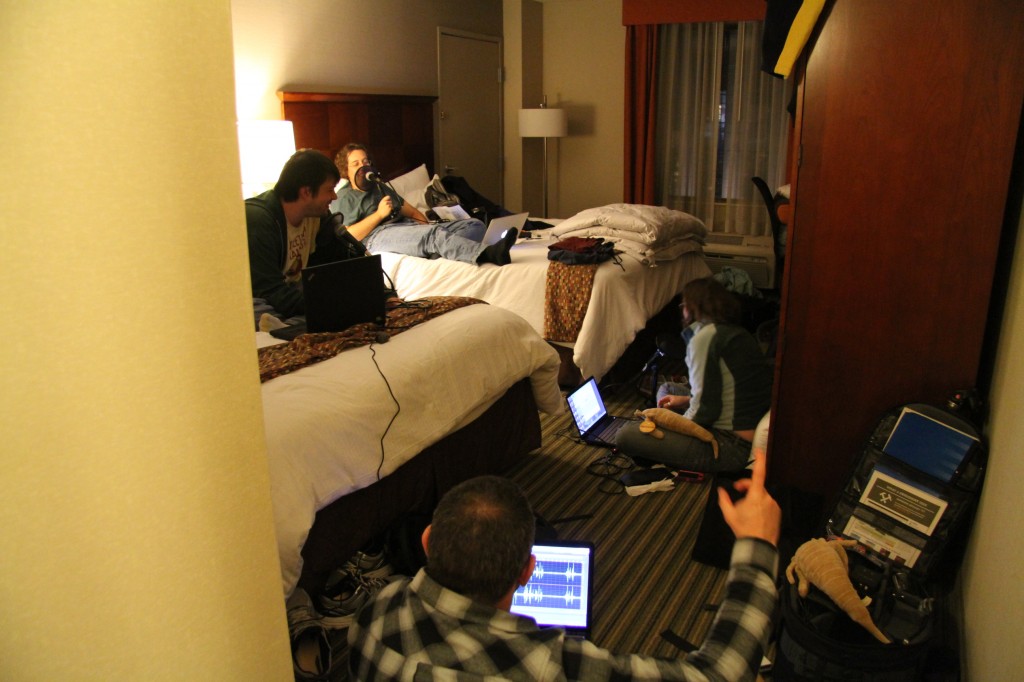
We ended up recording an episode with them in their hotel room as part of their GSA coverage (I’ll post the link up here as soon as it becomes available).
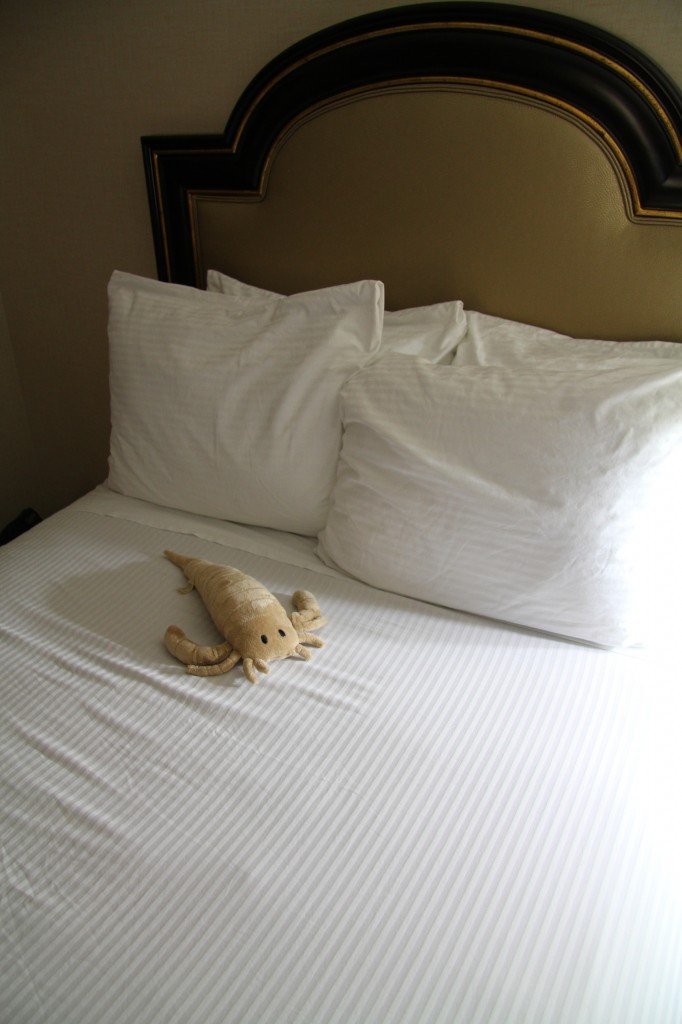
Having such a busy day I’ve had to do the edits in the hotel room where the ridiculous charges for WiFi will see this episode release a day late. Fortunately I have today’s purchase, my as-of-yet nameless eurypterid, for company.
*not as high-quality as palaeocast.
Day three
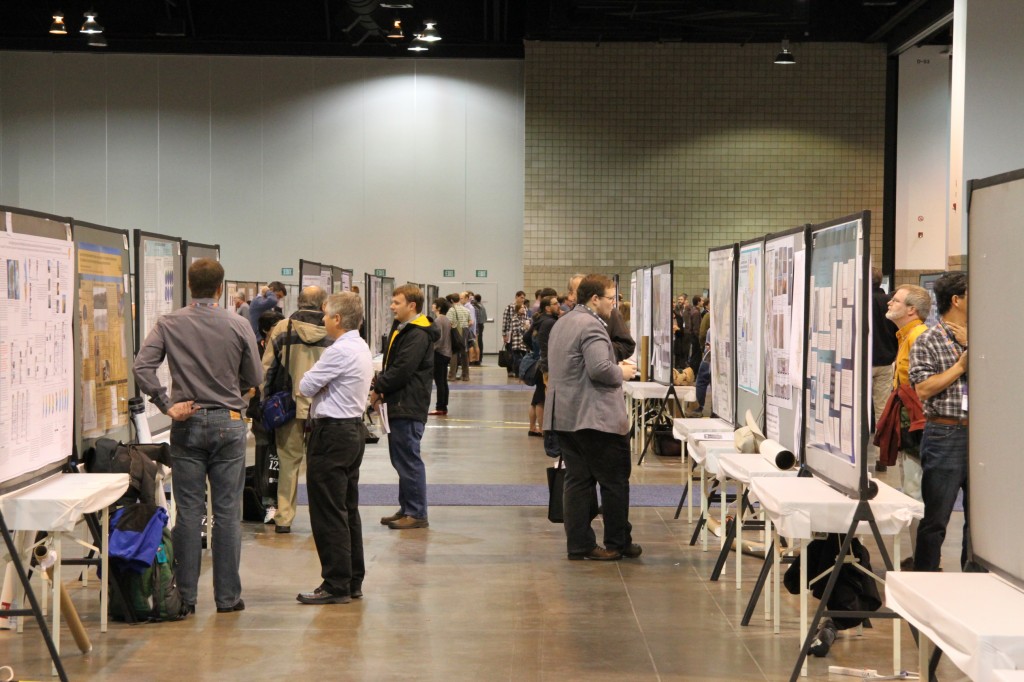
Having had the arthropod session on day two, I spent most of my final day around the poster session and exhibitions.
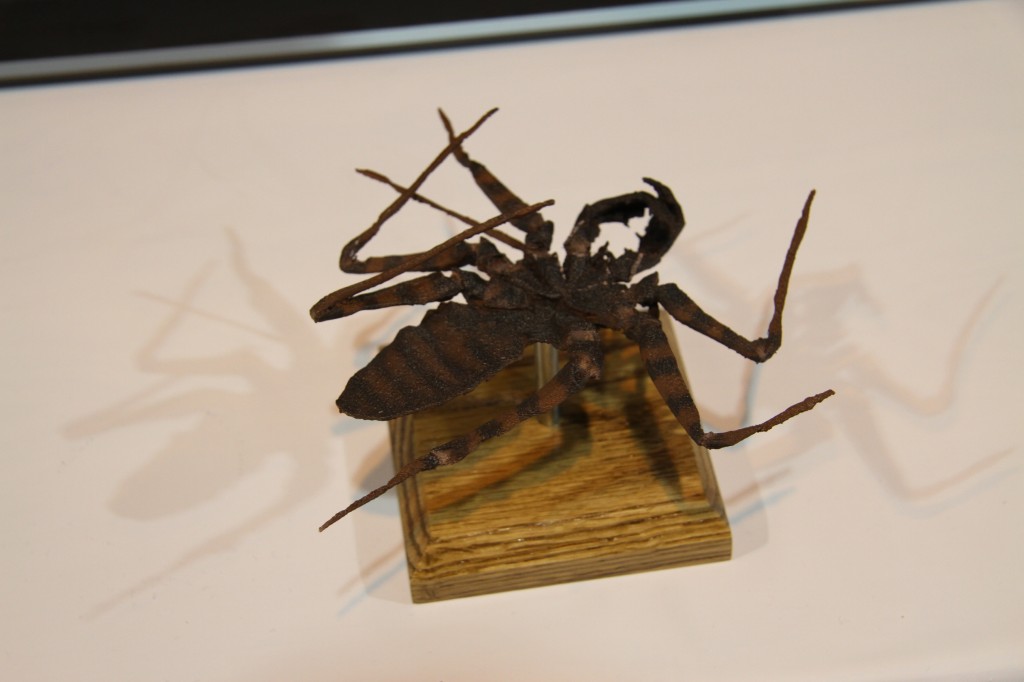
It was great to see so many of those with posters going the extra mile. Here, Brian Knecht had brought in a 3d-scanned and colour 3d-printed Carboniferous amblypygid (whip spider).
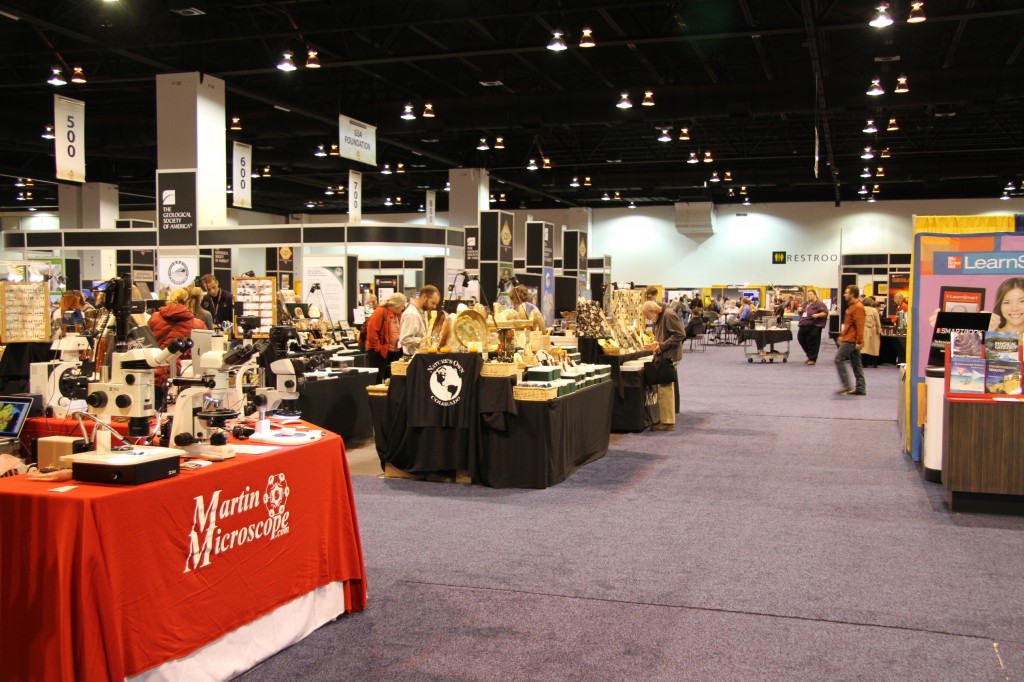
The exhibitions had a great variety of stalls, from universities looking for potential students, to employers, equipment suppliers, publishers and academic societies.
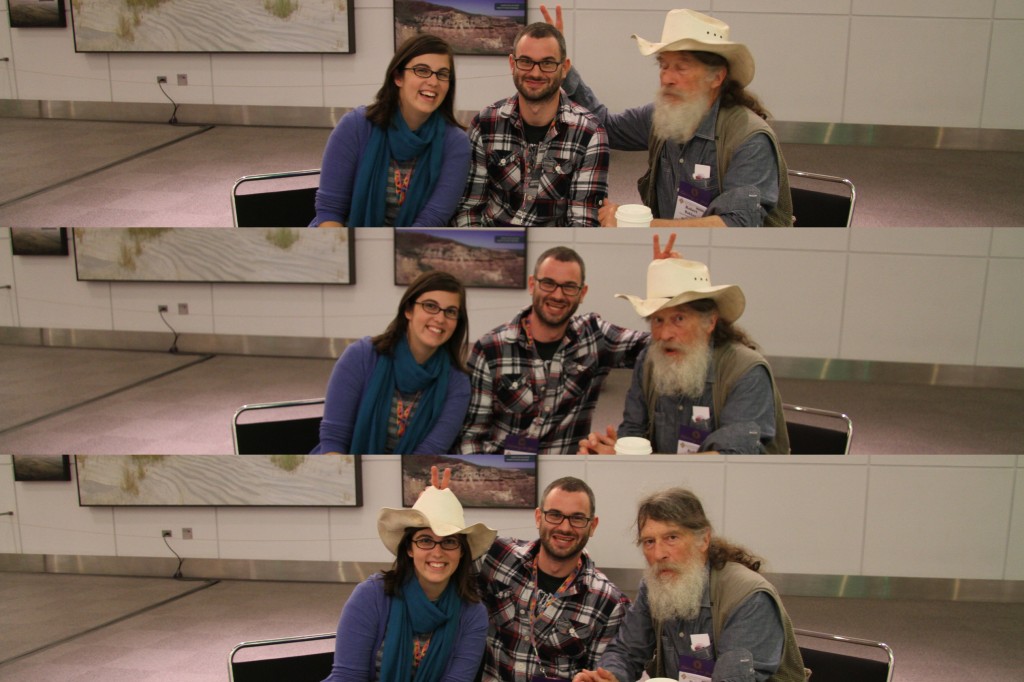
Prof. Bob Bakker took us through the history of Apatosaurus and Brontosaurus, their synonymy and the new apatosaur specimen that could finally see the restoration of the Brontosaurus name.
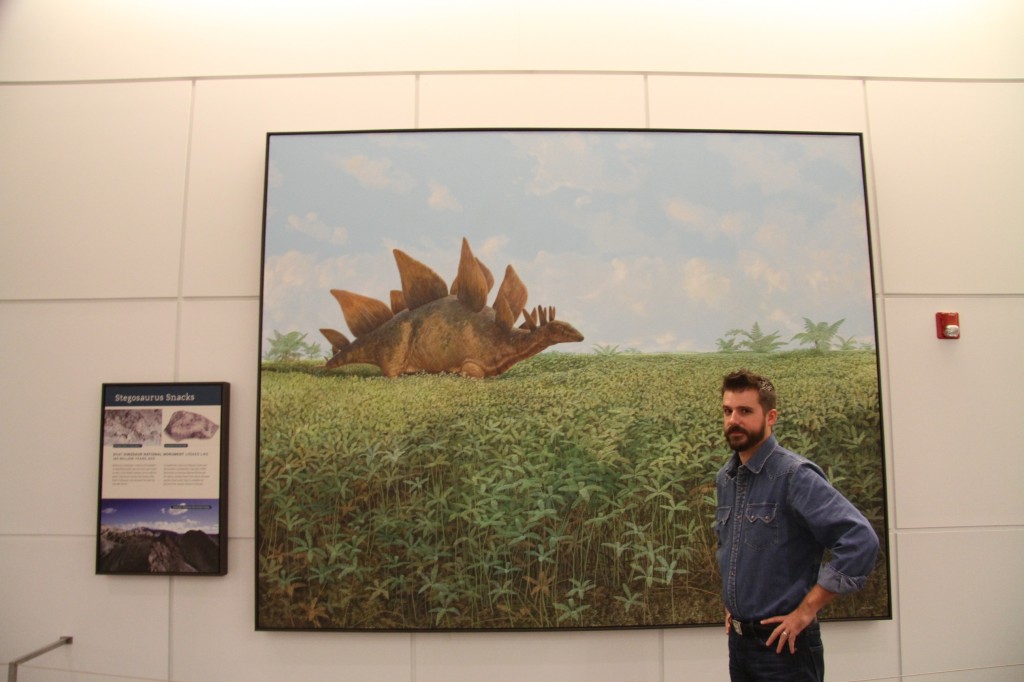
Meanwhile, lead researcher Matt Mossbrucker, director of the Morrison Natural History Museum, looks disparagingly at an inaccurate reconstruction of a stegosaur.
This marks the end of our coverage of GSA as we move on to the Society of Vertebrate Paleontology, LA, where we hope to continue our daily reports. We’d like to take the opportunity to thank the GSA for their hospitality, to all the researchers who contributed in each episode and to all those who supported us at the event.

